- Nylon Monofilament
- Fluorocarbon
- Braided Lines
There was a time when anglers didn't pay much attention to the saltwater fishing line on their reel. Mono was mono, then came fluorocarbon offering better abrasion resistance and low visibility, and then first generation braids hit the market and the selection expanded dramatically.
Now with further innovation in braids and the materials used, anglers would be wise to revisit this vital tackle component. The key is to become familiar with the attributes of each category: nylon monofilament, fluorocarbon, and the various versions of super braids.
First Generation Braids
 Saltwater Fishing Line - Microfiber Lines or Six Carrier Braids Braided lines or “super lines” like Power Pro and Berkeley's Spider Wire are made of a braid of synthetic proprietary materials that are woven into a rope. For example, Power Pro uses Spectra and Spider Wire uses Dyneema, each with their own unique attributes, as their base fibers. The resulting lines are significantly thinner than monofilament and fluoro for the same strength and also more supple which improves casting distance. The most unique benefit however is that braids have almost no stretch at all. The minimal line-stretch of super line gives anglers an incredible feel, equating to increased sensitivity and the ability to detect hits. No-stretch line also means solid hook-setting power and maximum force transfer when playing a fish.
Saltwater Fishing Line - Microfiber Lines or Six Carrier Braids Braided lines or “super lines” like Power Pro and Berkeley's Spider Wire are made of a braid of synthetic proprietary materials that are woven into a rope. For example, Power Pro uses Spectra and Spider Wire uses Dyneema, each with their own unique attributes, as their base fibers. The resulting lines are significantly thinner than monofilament and fluoro for the same strength and also more supple which improves casting distance. The most unique benefit however is that braids have almost no stretch at all. The minimal line-stretch of super line gives anglers an incredible feel, equating to increased sensitivity and the ability to detect hits. No-stretch line also means solid hook-setting power and maximum force transfer when playing a fish.
Next Generation Super Braids
 Next the manufacturers increase the number of fibers used in the weave from first generation four and six carrier products to eight carrier. Power Pro Super Slick V2 is a good example of this advanced process. These lines are stronger, thinner and smoother allowing improved casting distance, less wind knots and more line capacity in comparison to their six carrier siblings.
Next the manufacturers increase the number of fibers used in the weave from first generation four and six carrier products to eight carrier. Power Pro Super Slick V2 is a good example of this advanced process. These lines are stronger, thinner and smoother allowing improved casting distance, less wind knots and more line capacity in comparison to their six carrier siblings.
Take Aways on Braid:
One word of caution: Braided lines also offer excellent knot strength, but they are inherently slippery. Be sure you follow the knots recommended on the line packaging as some knots you may be in the habit of using can slip when tied with braid. The recommended knots for braided line from Power Pro will serve you well. The "no stretch" nature of all braids gives you a better sensitivity/connection to your lure, which is helpful when you need to make a quick or long hook set. The thinner, more supple and slicker attributes improve casting distance and allow for greater line capacity. Braids are mixed when it comes to abrasion resistance - around rocks, monofilament really still has the edge.
Nylon Monofilament
 Saltwater Fishing Line - Mono or Polyamide Among the advantages of these mono or copolymer lines is that they are inexpensive, new line casts great, knots in mono hold better and mono has an inherent stretch that offers benefits in a variety of applications. Those experienced with mono who can get dialed into its performance characteristics receive great value. Mono does have some drawbacks. The line will stretch (some up to 30%) under strain more than braid or fluorocarbon. This stretch means the line will dampen or absorb light hits, and you might not always feel them. Also, when trying to turn a fish from obstructions then the stretch then will make that task more difficult. But this same feature is a benefit in some scenarios, such as fishing a topwater where the fish may slam your bait and the stretch will assist with the hook set. Monofilament is more abrasion resistant than either fluorocarbon or braid. If your mono line gets wrapped up around a lobster pot or other obstruction you'll have a much better chance of not losing your fish. Over time mono inevitably takes the shape of the spool which increases friction through the guides and negatively affects casting distance; this is especially true in cold conditions. Over time, and if left in sunlight, mono can dry out, affecting performance as well. It is certainly the case that monofilaments continue to improve. Many of the latest generations are more abrasion resistant, thinner and less prone to stretch and memory.
Saltwater Fishing Line - Mono or Polyamide Among the advantages of these mono or copolymer lines is that they are inexpensive, new line casts great, knots in mono hold better and mono has an inherent stretch that offers benefits in a variety of applications. Those experienced with mono who can get dialed into its performance characteristics receive great value. Mono does have some drawbacks. The line will stretch (some up to 30%) under strain more than braid or fluorocarbon. This stretch means the line will dampen or absorb light hits, and you might not always feel them. Also, when trying to turn a fish from obstructions then the stretch then will make that task more difficult. But this same feature is a benefit in some scenarios, such as fishing a topwater where the fish may slam your bait and the stretch will assist with the hook set. Monofilament is more abrasion resistant than either fluorocarbon or braid. If your mono line gets wrapped up around a lobster pot or other obstruction you'll have a much better chance of not losing your fish. Over time mono inevitably takes the shape of the spool which increases friction through the guides and negatively affects casting distance; this is especially true in cold conditions. Over time, and if left in sunlight, mono can dry out, affecting performance as well. It is certainly the case that monofilaments continue to improve. Many of the latest generations are more abrasion resistant, thinner and less prone to stretch and memory.
Take-Away: Monofilament nylon is a great choice for new anglers. It is inexpensive, knots well and the inherent stretch is a forgiving benefit for fisherman developing their touch.
The Shop Favorite: Ande Leader Material
Fluorocarbon
 Saltwater Fishing Line - Fluorocarbon or Polyvinylidene The benefit of fluorocarbon is that its refractive index is similar to water, making it almost invisible. Fluorocarbon is extremely abrasion resistant, so it is an excellent choice for certain cover and structure fishing scenarios. Line stretch is minimal and is a significant improvement over mono in this regard. Among the other benefits fluoro has a quick sink rate, minimal spool memory, and it resists UV rays so it will not break down as quickly as a nylon-based line extending its useful life.
Saltwater Fishing Line - Fluorocarbon or Polyvinylidene The benefit of fluorocarbon is that its refractive index is similar to water, making it almost invisible. Fluorocarbon is extremely abrasion resistant, so it is an excellent choice for certain cover and structure fishing scenarios. Line stretch is minimal and is a significant improvement over mono in this regard. Among the other benefits fluoro has a quick sink rate, minimal spool memory, and it resists UV rays so it will not break down as quickly as a nylon-based line extending its useful life.
Take-Away: Fluorocarbon makes great leader material for surf casters and fly rodders. With a refractive index similar to water it is nearly invisible underwater and this is a significant benefit in clear water where fish can be particularly fussy. That plus increased abrasion resistance and reduced stretch vs mono make it an ideal material for leader construction. The fluorocarbon "sweet spot" is with freshwater bass anglers where some "give" is a good thing.
Shop Favorite: Seagaur Fluorocarbon Leader Material




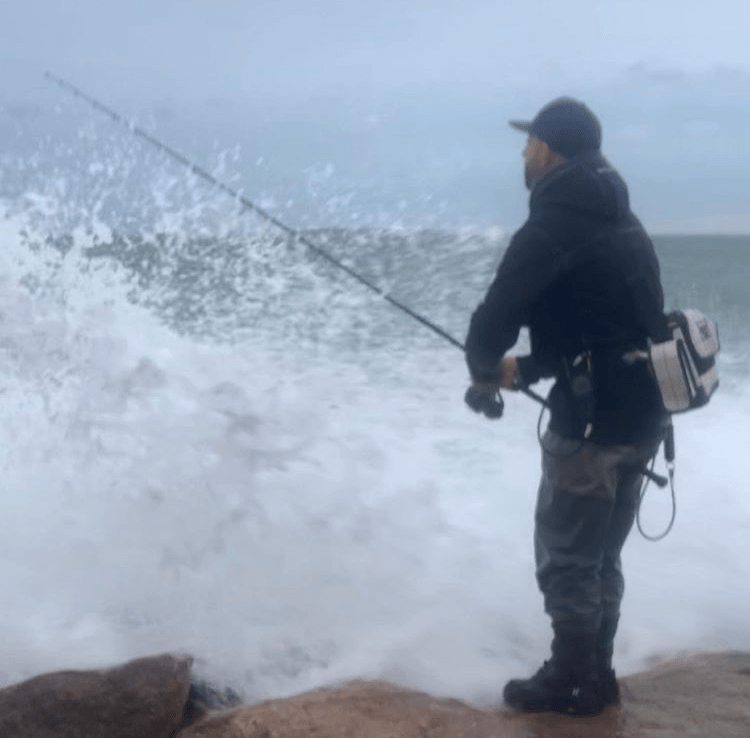

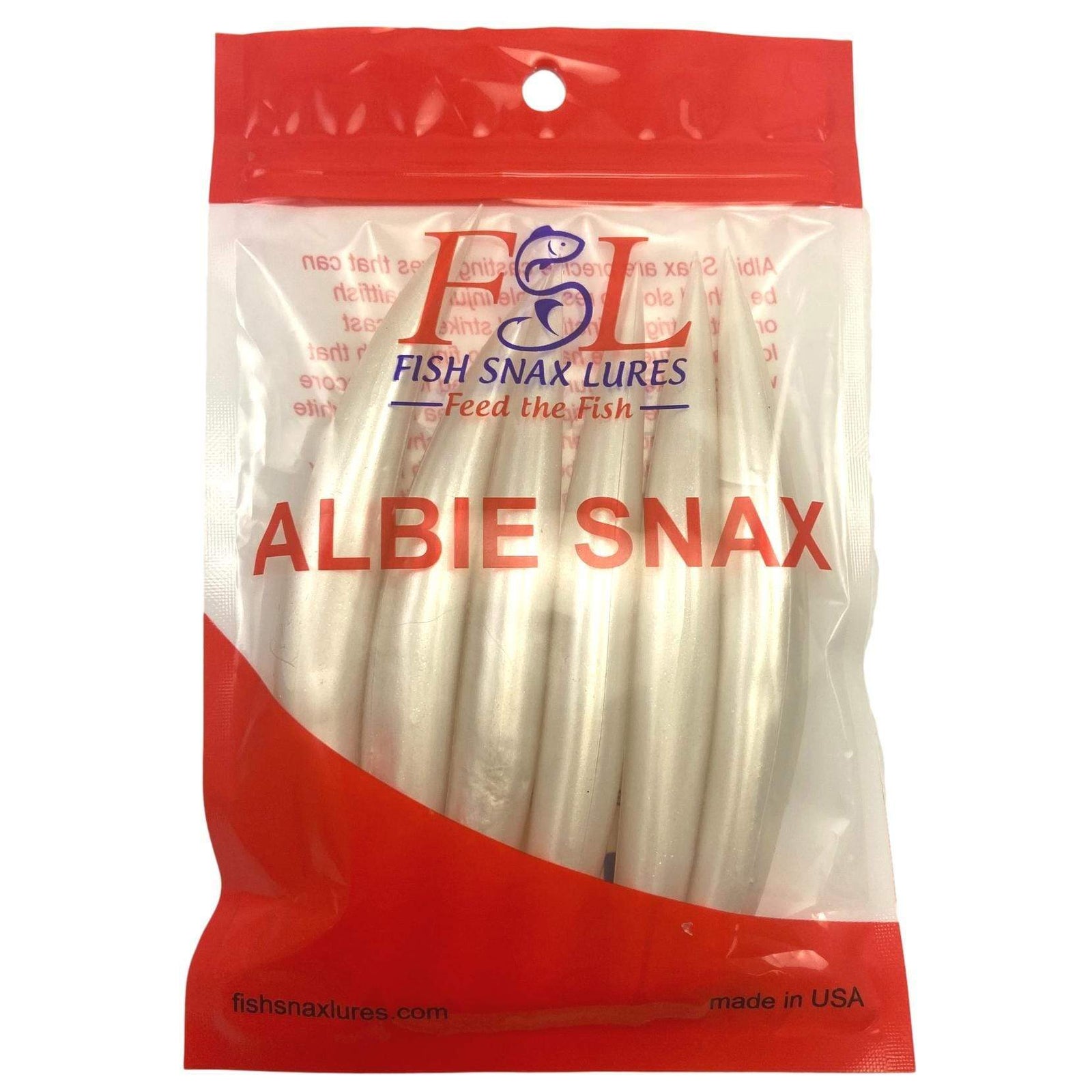

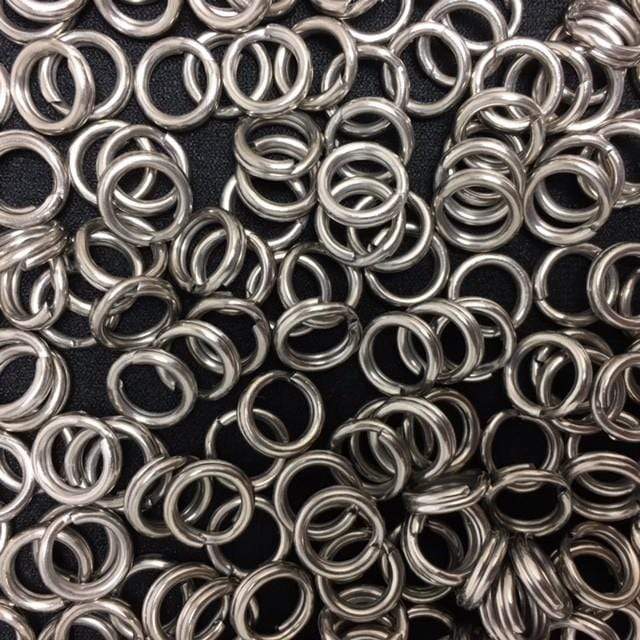
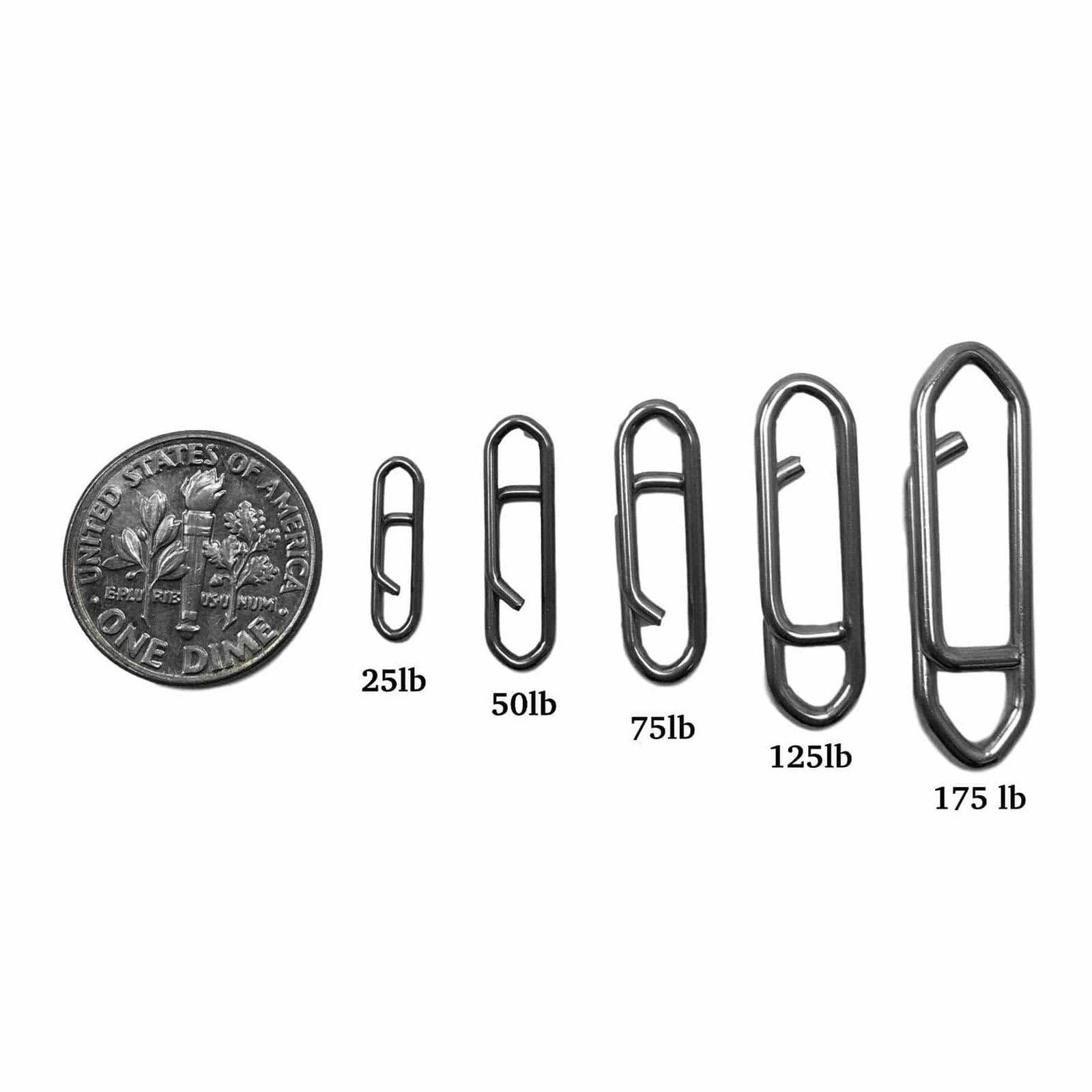

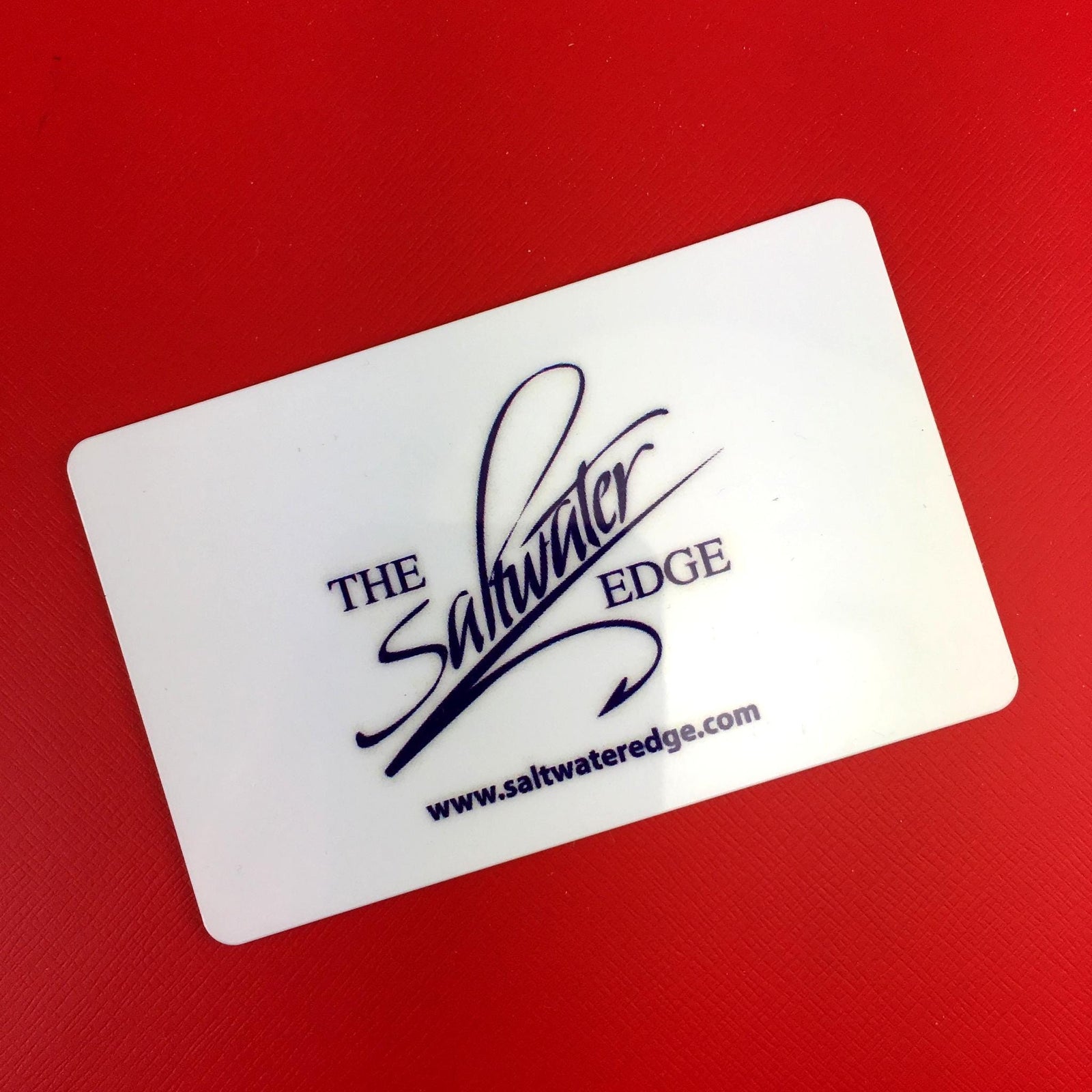
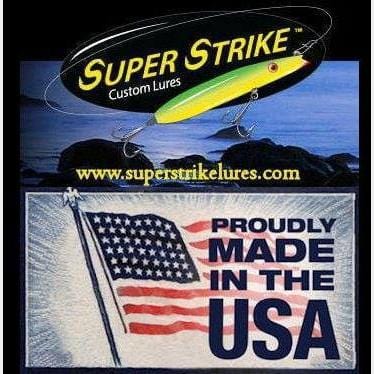

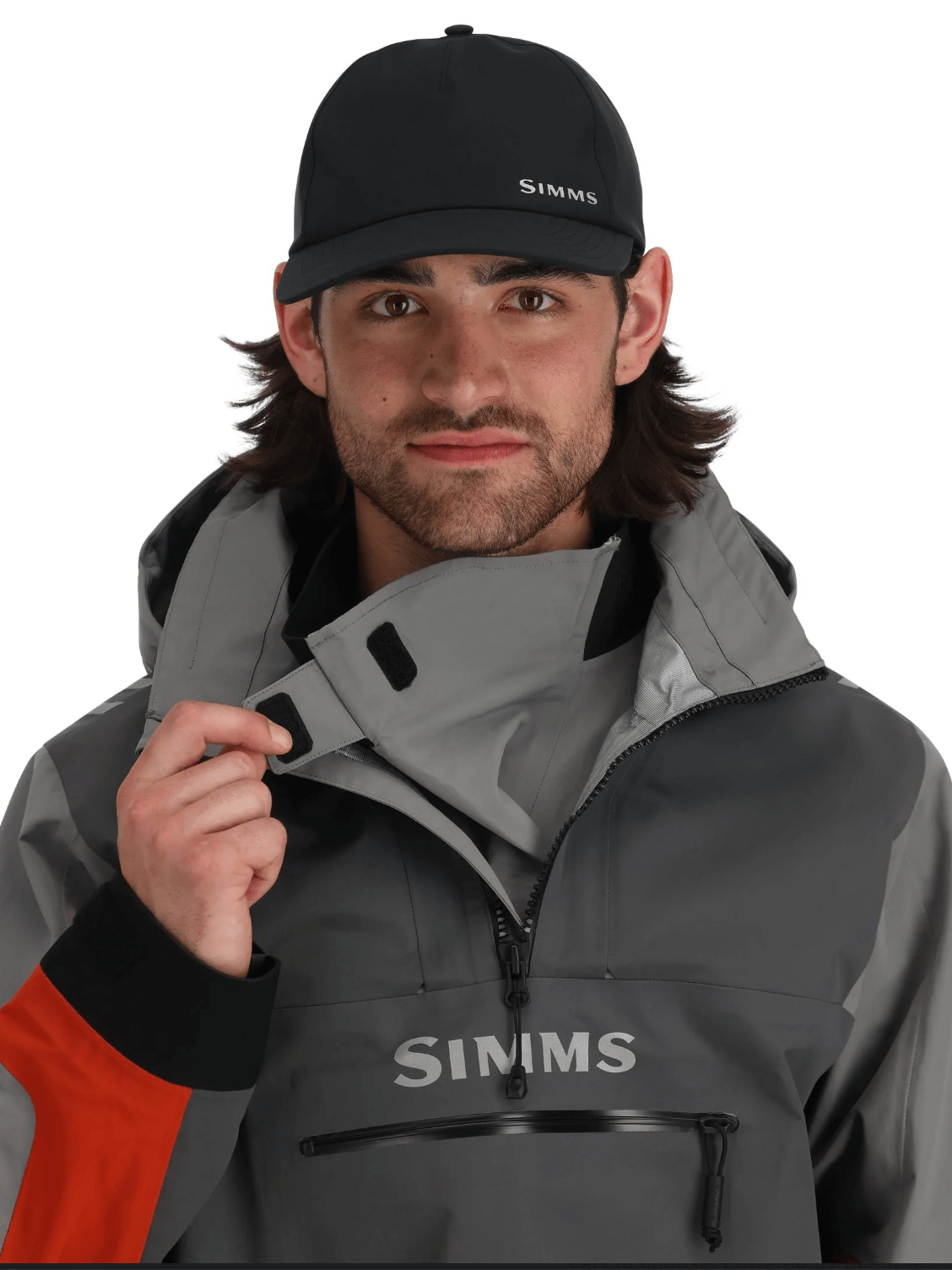

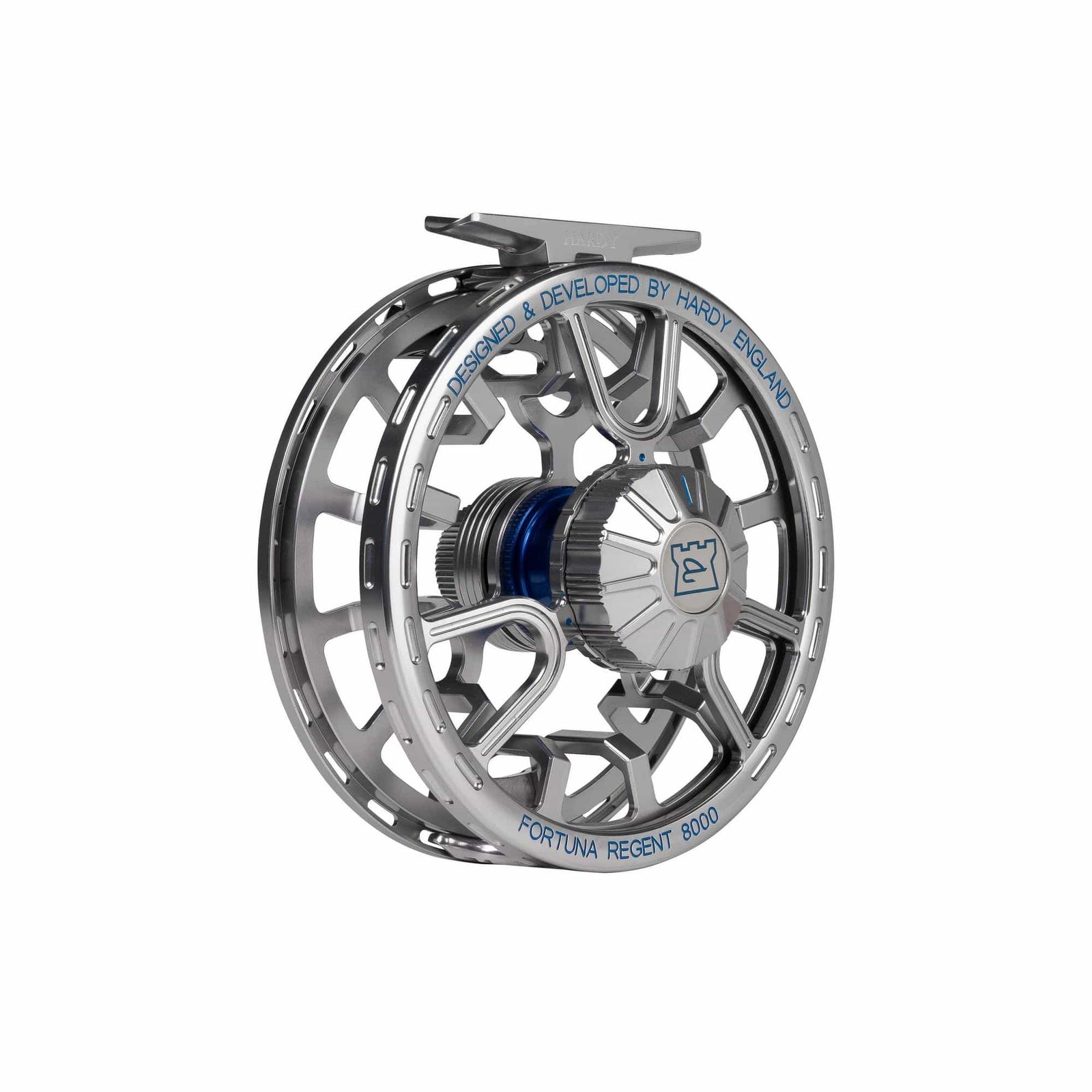
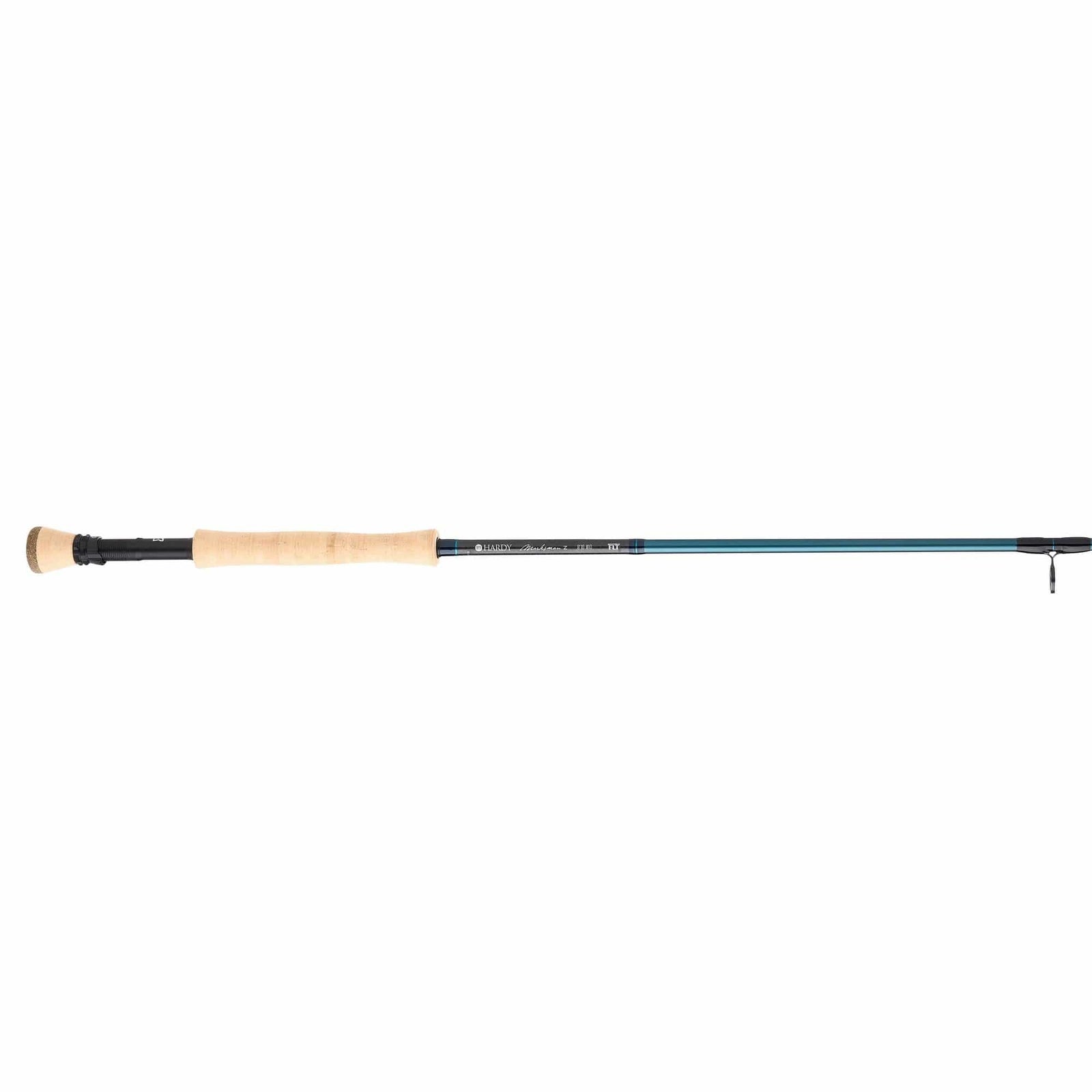

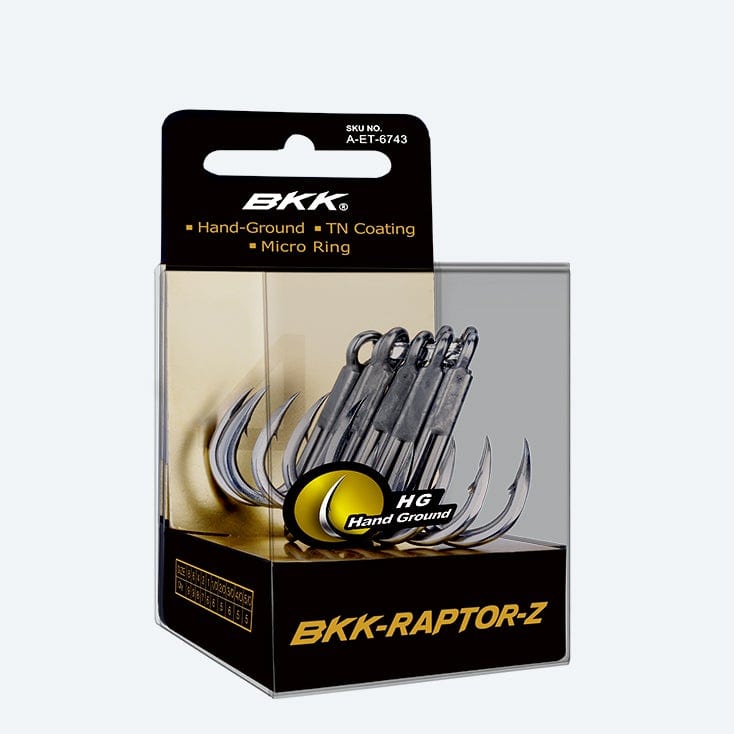

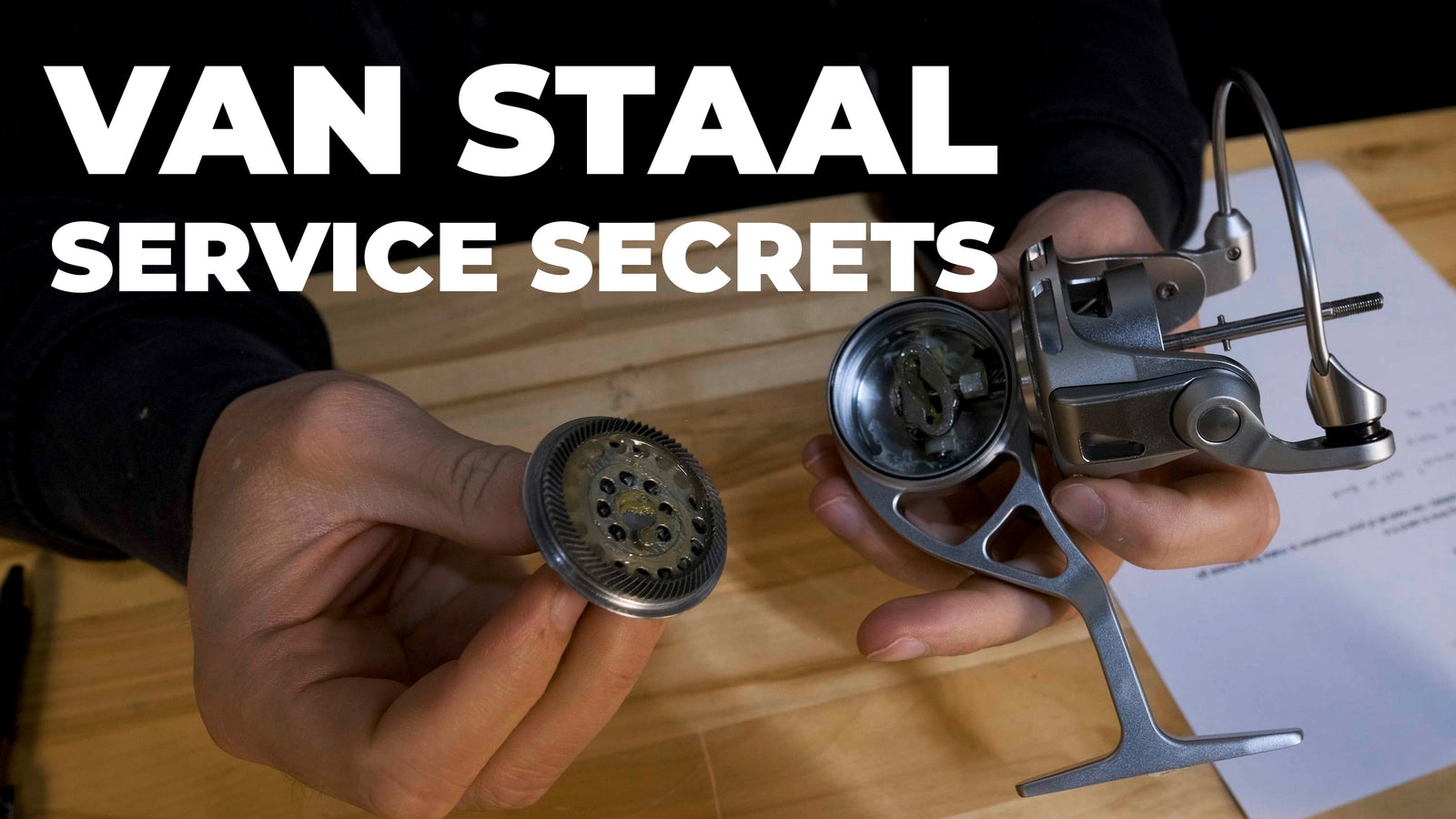


Leave a comment (all fields required)